New York’s Trinity of Latinx Theatres
INTAR, Puerto Rican Traveling Theatre/Pregones, and Repertorio Español
From December 1-4, 2016, the Latinx Theatre Commons (LTC) produced the New York City Regional Convening (#LTCNewYorkCity) to engage national Latinx theatremakers in a dialogue about the growing Latinx theatre movement in New York City. Artists gathered in locations all across the city to discuss aesthetics, identity, and leadership, all through an understanding that we operate from a place of abundance, instead of scarcity. One of the aspects differentiating #LTCNewYorkCity from previous LTC events was that conveners chose from multiple tracks on each day, ensuring that each participant experienced a unique weekend. On Saturday, conveners chose from panels and workshops led by New York’s Trinity of Teatros: INTAR, Puerto Rican Traveling Theatre (PRTT)/Pregones Theater, and Repertorio Español. In what follows, Trevor Boffone, Oscar Franco, and Maria Enriquez reflect on each theatre company’s legacy and cultural impact on not only the New York theatre scene, but the national Latinx theatre community at large.
Finding Home and Community at INTAR
Trevor Boffone
INTAR—International Arts Relations, Inc—has been dedicated to nurturing and producing Latinx theatre artists since Max Ferrá founded the company in 1966. INTAR has seen its ups and downs: moving to various locations across Midtown Manhattan, changes in leadership, and funding challenges. But there is no question that INTAR has been, and still is, a legendary Latinx theatre company that has changed the American theatre landscape.
INTAR’s mission is to “nurture the professional development of Latino theatre artists; to produce bold, innovative, artistically significant plays that reflect diverse perspectives; and to make accessible the diversity inherent in America’s cultural heritage.” While the convening track was not officially part of INTAR’s regular programming, all facets of its mission were on display, a testament to the values of the organization and its meaningful community impact.
The teatro continues to be a space that gives emerging Latinx artist a place to exist in the cut-throat theatre community of Midtown Manhattan.
After giving a welcome and historical overview of INTAR, Artistic Director Lou Moreno introduced a panel of artists representing three distinct generations that have been affected by the teatro: Migdalia Cruz, David Anzuelo, and Jacqueline Guillén.
In her typical fashion, Cruz had us in stitches as she told about her journey with INTAR and Marie Irene Fornes. After receiving her MFA in playwriting from Columbia, Cruz met Fornes at INTAR. Their encounter had its comedic moments. Cruz told Fornes, “I don’t know how to write a play,” to which Fornes responded, “I know. I read your work.”
Cruz filled the room with laughter before getting serious. As anyone who follows Cruz surely knows, Irene Fornes has profoundly impacted her. Cruz told us, “You know immediately when you meet someone who will change your life.” And Fornes did just that for an entire generation of Latinx playwrights and theatre artists. INTAR is where Cruz first experienced what it felt like to be in a room completely filled with Latinx playwrights perfecting their craft in both English and Spanish. Cruz became a resident in Fornes’ renowned Hispanic Playwrights-in-Residence Lab, a program that ran from 1981 to 1991, and saw nearly every major Latinx playwright at the time come through its doors.
Next, David Anzuelo told us his story. When he moved to New York in 1989 after graduating from the College of Santa Fe, he was desperate to plug into the theatre community. He called theatres all across the city and asked to help. After a myriad of unsuccessful calls, INTAR told him to come to their theatre the next day. He ran props for their productions and soon the teatro became a home. Since then, Anzuelo has found success all across the city (he directed excellent fight choreography in Hilary Bettis’ Alligator at New Georges, in collaboration with The Sol Project), but still finds nurture at INTAR, and continues to give back to this community.
Cruz and Anzuelo’s experiences are not so different than those of emerging artists today. INTAR continues to welcome young artists through programs such as Unit 52, an emerging actors initiative which features weekly training with master artists. Jacqueline Guillén moved to New York from the Rio Grande Valley after college, looking for a space to exist as an early-career artist. When she became a member of Unit 52 under the leadership of Daniel Jácquez, she immediately had a place to play once a week and no longer had to worry about where she could express herself artistically. In just two years, she has acted in INTAR’s One-Minute Play Festival, Migdalia Cruz’s Sartyricoño, and Bernardo Cubría’s The Judgement of Fools. As Guillén told us, INTAR has opened the door to friends who are constantly eager to help each other.
To finish the historical overview of INTAR, Lou Moreno told us about his journey as artistic director since he took over from Eduardo Machado in 2010. The journey has been filled with much “INTAR Magic,” such as when he built a lighting grid in the theatre space. Once everything was installed, they turned the lights on and the power blew. They stood there in darkness (and sadness), until magically the lights started coming on one-by-one, filling the space not only with light, but with the possibility of a bright future for the Latinx artistic community in New York.
As Migdalia Cruz said,“The feeling of home has always been here and it started with Max Ferrá.” While INTAR certainly faces many challenges today, most notably funding, the sense of community is undeniable. The teatro continues to be a space that gives emerging Latinx artist a place to exist in the cut-throat theatre community of Midtown Manhattan.
Theatre For and By the People: Puerto Rican Traveling Theatre and Pregones Theater
Oscar Franco
I had the privilege (and luck) of attending the Pregones Theater and Puerto Rican Traveling Theatre (PRTT) workshop. I was moved by the history, the current work, and the leadership modeled by these two theatres.
In 1953, Miriam Colón, a Puerto Rican actress, moved to New York after being accepted into the now legendary Actors Studio after one audition. Through her training and connections in the city, Colón founded PRTT in 1967. Colón set out to take the theatre to the streets, directly to the people. Under her leadership, the PRTT became an institutional model in the US bilingual theatre movement, showcasing and introducing Latinx work as a part of American theatre.
Meanwhile in 1979, Rosalba Rolón founded the Pregones Theatre. Rolón set out to create new work in the style of Caribbean and Latin American “colectivos” or ensembles. In the same spirit of Miriam Colón, the ensemble group toured plays in Spanish to underserved communities throughout New York City and beyond. As an established company based in the Bronx, Pregones is now widely seen as a leader and innovator in the arts.
These companies delivered an energetic and graceful energy that has not only grounded their work for the last fifty years, but has given them the power to continue to move the Latinx theatre movement forward for the next fifty years and beyond.
In 2013, the two companies merged in an unprecedented move to boost the visibility of Latinx theatre, with Rosalba Rolón as the Artistic Director of both companies and Miriam Colón serving as artistic adviser up to her passing in March of 2017.
During the convening, Rolón and two of their current ensemble members, Yaremis Félix and Sol Crespo, led us in a workshop that gave us an insight of the great work that Pregones and PRTT does to continue Colón’s legacy. Our workshop consisted of a condensed version of their techniques and strategies when devising a new work. After a brief introduction of the companies, Rolón, Félix, and Crespo asked each of us to choose an entry point into the devising work: writing, music, or movement. Everyone was encouraged to pick something that called to them and/or something that would challenge them as theatremakers. The room of about sixty participants was split into small groups of about seven to eight people per discipline. The small groups were given space to work and create. Our task: create a five-minute artistic piece of writing, music, or movement inspired by a given line of text.
My group comprised of scholars and artists under the umbrella of music lovers. We were given the green light go to use objects that we had around us in our rehearsal space to create music. After about thirty minutes of exploration and choice making, our facilitators called us all back to the main theatre. Fèlix and Crespo led the first round onto the stage while the rest of us sat back and watched. The premise was that each individual group would perform their work, and then Rolón would work with all three groups on stage simultaneously to create a larger work based on the artistry of each group. When the first group took the stage, their work was magnificent. Their text about crossing the border on a Friday, due to fewer guards, lived within each small group performance. When the first group took the stage as a larger ensemble, their work became transcendent.
I know each person that witnessed this artistic collaboration brought in their own history and lens, but as an immigrant from Mexico, the piece nearly brought me to tears. In that moment, I saw a prime example of how these women lead their ensemble work, and how they infused community into the work by bringing in near strangers to share the stage. After the first group, our group took the stage and shared our individual pieces as we reflected on the stars and sounds of the night. When Crespo began to direct us, I felt a different sense of community. Crespo directed us by serving as an outside eye on how the work was manifesting, but she also played to the strengths that we as artists already created. She honored and helped amplify everyone’s voice, creating a larger ensemble that was as beautiful and moving as the last.
As two of the oldest community inspired and driven institutions, the Puerto Rican Traveling Theatre and Pregones continue to be pillars in the Latinx and American Theatre scenes. Through the work of Rosalba Rolón’s team and her community-driven leadership, these two theatres continue to produce and create representative theatre for their communities in New York City and beyond. During our workshop introduction, Rolón shared, “I never walk alone. You’ll never see me by myself. I always have my team by my side.” These companies delivered an energetic and graceful energy that has not only grounded their work for the last fifty years, but has given them the power to continue to move the Latinx theatre movement forward for the next fifty years and beyond.
¿No hablo español?: Repertorio Español
by Maria Enriquez
On December 3, I attended the Repertorio Español Learning Panel and Workshop. The first part of the event was a panel discussion on the history and evolution of the esteemed Repertorio Español through the personal anecdotes of Pablo Andrade, Edna Lee Figueroa, Gerardo Gudiño, Leyma López, and Caridad Svich. The panel discussion was co-moderated by Estefanía Fadul, a Van Lier Fellow and director at Repertorio Español, and Daniela Thome, an actor, director, and writer who also works at La Micro Theatre and INTAR, among others. This portion of the session was entirely in Spanish, and I am not fluent in Spanish. At first, I questioned why I, a non-Spanish speaker, would choose to go to the only predominately Spanish language #LTCNewYorkCity session, and later, if I was the best person to write about said session.
The panelist discussion ranged from the artists’ work with the nearly fifty-year-old Spanish language theatre to their incredible artistic accomplishments. Venezuelan-born actor and director Pablo Andrade told a humorous account of how after he moved to New York, he literally stumbled upon Repertorio Español after walking down the street. He saw its sign and curiously peeked in the doors. Leyma López, who received her MFA in Directing in La Habana, Cuba, spoke to her necessary work as a theatre administrator at Repertorio. Development Director Gerardo Gudiño talked about the audience makeup being comprised of both bilingual and English speaking audiences, and the theatre’s use of supertitles in both English and Spanish for audience members who do not speak Spanish or are hearing impaired. Each artist spoke from personal successes and struggles, providing a mosaic of the dedicated talent pool that has worked with Repertorio.
Following the panel session, the entire group divided into three workshop sessions: Siglo de Oro, Adapting for the Stage, and a Teaching Artist Workshop. I chose the Adapting for the Stage breakout session, thoughtfully led by Caridad Svich (who switched to English for those of us who weren’t fluent in Spanish—me possibly being the only one). The session focused on exploring source material (literature, other plays, poetry, a song, etc.) to discover key impressions that can inspire the adaptation. Svich introduced Kate Tempest’s poem “On Clapton Pond at Dawn” as the source material that we would be using during the breakout session. We began by reading the poem aloud, each of us taking one line at a time. The intention was to hear and savor the words, allowing the meaning of the words to settle in us. After going through that process twice, each of us privately rewrote the poem. For me, this was an intimate experience, evoking my own inner emotions as I connected to the poem on a deeper level. The next step was identifying between thirty to fifty words or phrases that caught the essence of the story. This step happened very quickly, in the matter of minutes, pushing us to not overthink our responses. We then named our piece, proving for me the most difficult step yet, and began the process of writing the story prior to the start of the poem, focusing first on the location. At this point, all of the breakout sessions reassembled in one large circle where we shared takeaways from our workshops.
I was struck by two things after the Repertorio Español session. The first was an exciting discovery during the breakout session. Svich moved us quickly through the exercises, forcing us to allow the first things that bubble up within us to be written down. Through my actor training, I’m familiar with the process of getting on your feet and creating devised work quickly to prohibit getting stuck in your head, allowing for subconscious impressions to freely float to the surface. However, I realized it’s easy to forget the value of that when writing, instead falling back into old habits of laboriously slaving over every thought, every word. Working under those time constraints, I found freedom from self-censorship. What a wonderful reminder as a writer and an artist.
The second revelation came as a result of my back-to-back attendance of the Repertorio Español session and the Translation and International Collaboration Conversation at The Lark. As a third-generation Mexican American, I am not fluent in Spanish, and the language has been lost in my family. This is in no small part because of the discrimination my grandparents received after migrating to Ohio. After a number of incidents where he was denied service at stores because he didn’t speak English, my grandfather encouraged his children to only speak English so they would not receive the same treatment he did. The ironic flip between my grandfather and me holds the common thread of shame, a feeling understood by many third and fourth generation US Latinx who do not speak Spanish. Whether it’s an internalized or an external shaming (I’ve experienced both), this leaves in many of us a longing to not only have the technical ability to speak Spanish, but to be included in the world it holds.
I spoke with a few other attendees at the LTC NYC Convening who did not choose the Repertorio Español session because they don’t speak Spanish. I spoke with one monolingual attendee at the Translation and Collaboration discussion who almost didn’t go to that session because he wondered what he could contribute to the conversation. In the end, he and I were both happy we attended the Translation discussion, just as I was tremendously rejuvenated after attending the Repertorio session. I thoroughly enjoyed the Spanish spoken panelist discussion, knowing there were things I missed, and delighted when I could actually understand. And after a while, the struggle of understanding became easier. That seems to speak to the contributions of Repertorio Español’s work, which extends beyond language, and delves into how worlds can be opened up, celebrated, and shared.

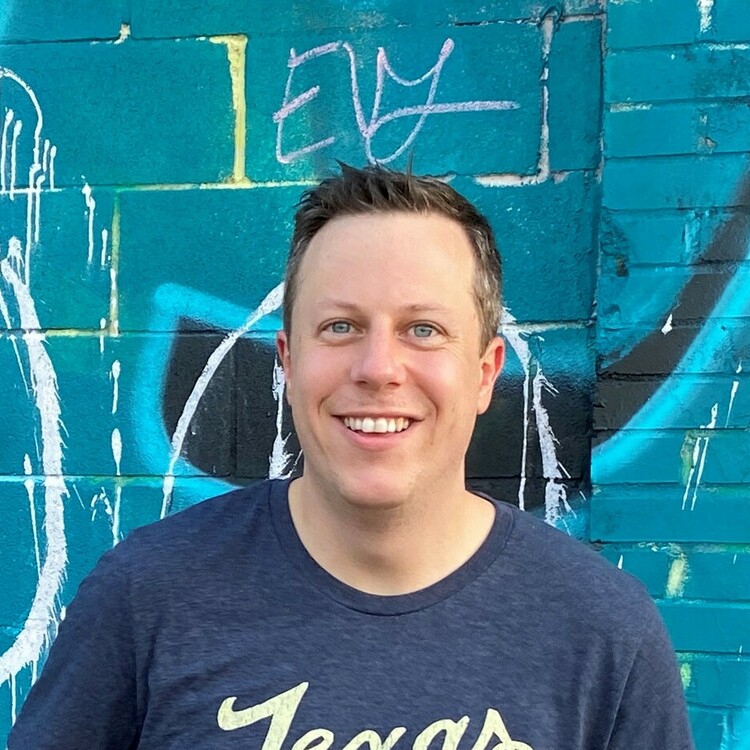
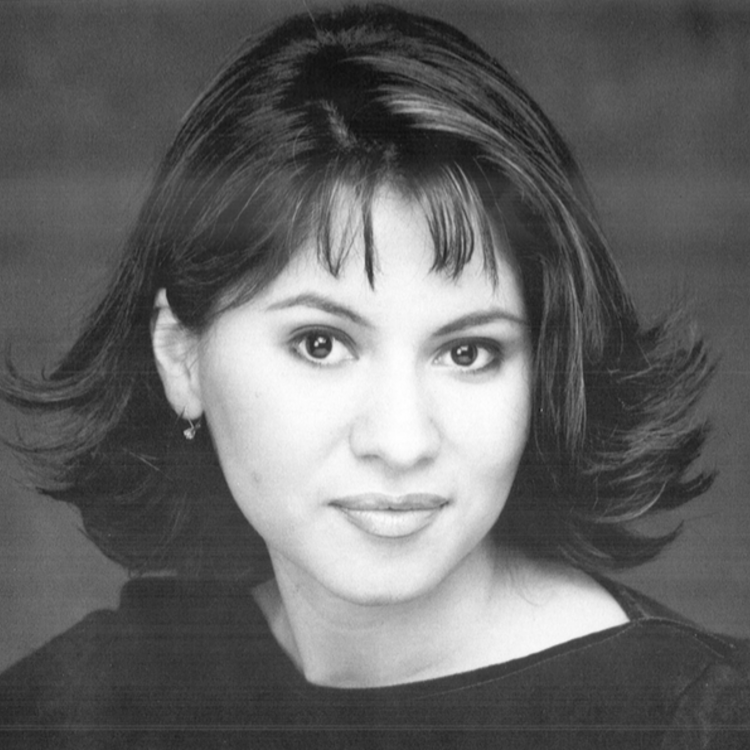
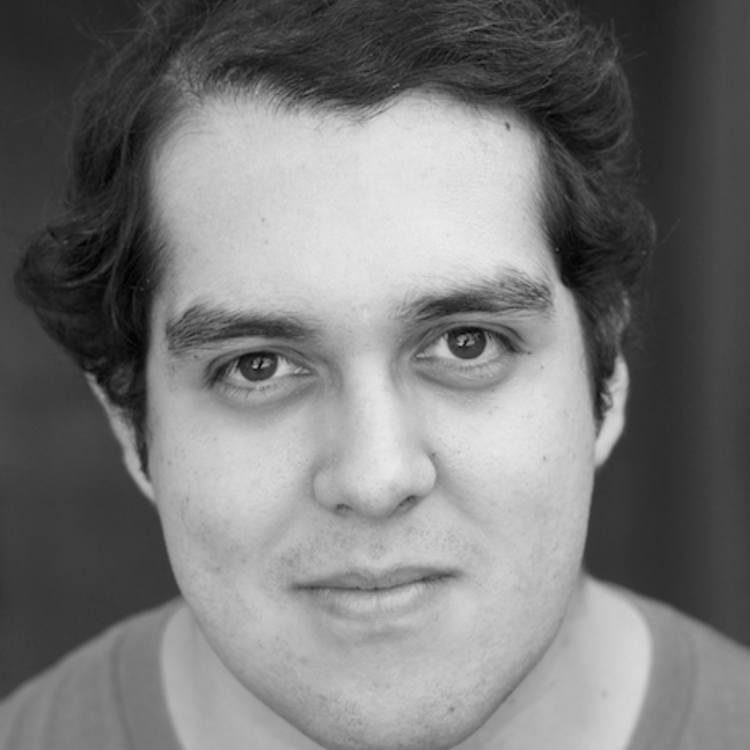
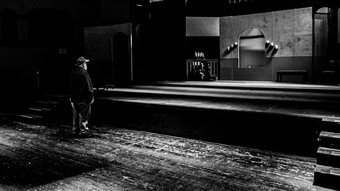


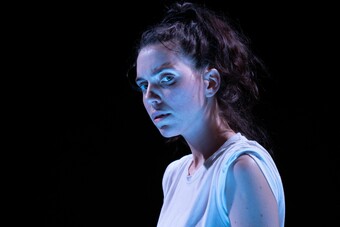

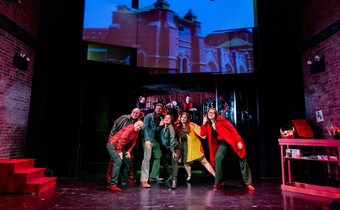


Comments
The article is just the start of the conversation—we want to know what you think about this subject, too! HowlRound is a space for knowledge-sharing, and we welcome spirited, thoughtful, and on-topic dialogue. Find our full comments policy here